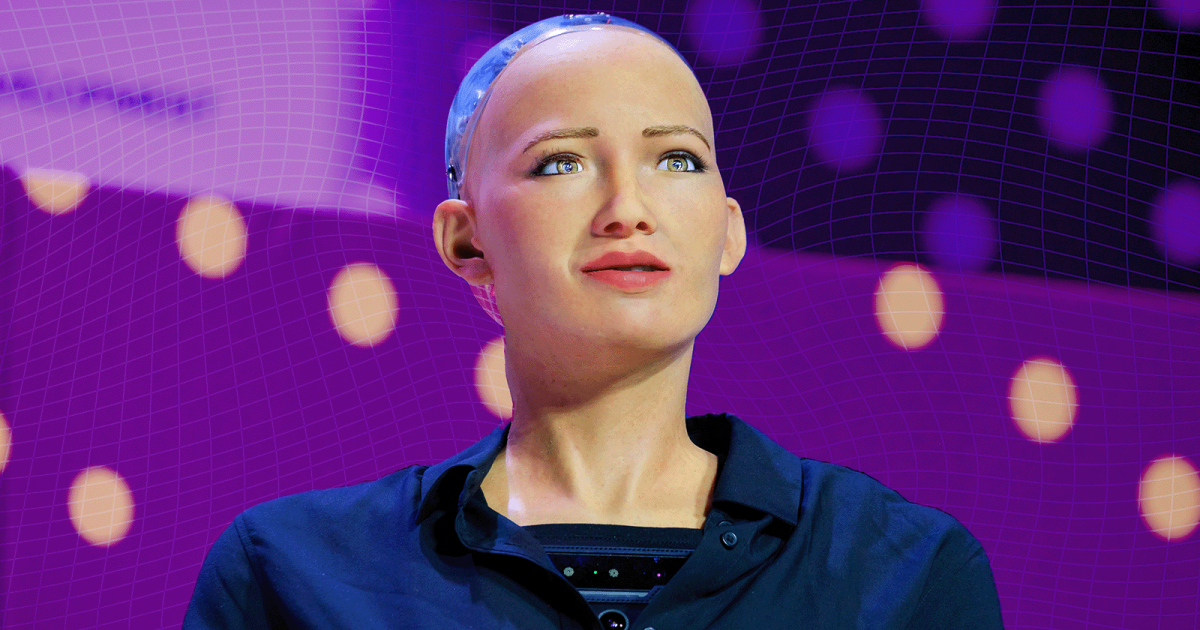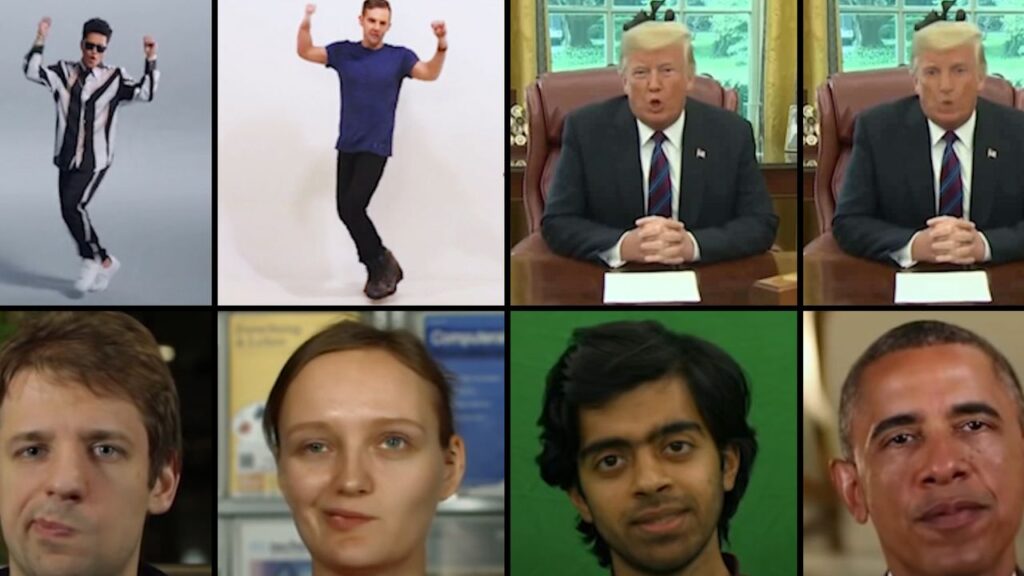In the grand narrative of technology, artificial intelligence (AI) has surged to the forefront, challenging our understanding of what it means to be human. The pursuit has been to mirror life — a quest that leads us into the depth of a theory known as the Uncanny Valley. This concept, first highlighted by the roboticist Masahiro Mori, proposed that as robots become more human-like, there’s a critical point where the resemblance becomes eerie rather than endearing, eliciting an aversion rather than an affinity.
Progress in AI and its manifestations in mimicking human behavior continue to accelerate, spotlighting an array of advancements, stirring anxieties, and presenting complex societal questions. In this opus, we’ll dissect AI’s advancements that thrust us into Mori’s Uncanny Valley, the troubling uncertainties that loom within, and the profound implications for society.
Table of Contents
Introduction of Uncanny Valley

AI’s evolution has brought us to the brink of Mori’s Uncanny Valley, from the simplistic robotic movements of the previous centuries to the eerily real robots, voice assistants, and deepfake videos we witness today. This uncanny realm has allure and warns of potential pitfalls. Here, we take an in-depth look at AI’s advancements in mimicking life and examine the steep valleys of uncertainty accompanying these technological achievements.
Advancements in AI
In recent years, Artificial Intelligence (AI) advancements have been nothing short of spectacular, transforming the foundational constructs of various industries and how we perceive machine intelligence. The development of machine learning algorithms that learn and adapt from vast arrays of data heralds a new era where AI can perform tasks that were once thought to be exclusively human.
From natural language processing (NLP) that powers voice assistants to computer vision technologies enabling machines to recognize faces with astounding accuracy, AI can now understand and interpret the world in a way that mimics human cognition.
One of the most groundbreaking advancements is the evolution of neural networks, particularly deep learning. These technologies have facilitated the creation of more complex, human-like AI systems capable of everything from diagnosing diseases with greater accuracy than human doctors to composing music and even creating art. The rise of generative adversarial networks (GANs) has also paved the way for creating highly realistic deepfake videos, raising both fascination and ethical concerns.
Despite the remarkable progress, each advancement inches us closer to the edge of the Uncanny Valley, where the line between human and machine becomes disturbingly blurred. This evolution challenges us to reassess our relationship with technology and poses profound questions about identity, authenticity, and what it fundamentally means to be human.
Anxieties Surrounding AI
Ethical Considerations
As AI approaches the Uncanny Valley, ethical concerns mount. The ability to replicate human actions raises questions about intent, consent, and the boundaries of AI’s involvement in human experiences. The ‘creator’ responsibility is central — who takes the blame for undesired outcomes, and where does the division between human and AI accountability lie?
Privacy Concerns
The data that fuels AI’s human mimicry is a gateway to our private lives. The trade-off between personalized user experiences and the confidentiality of sensitive information has never been more precarious. AI’s unprecedented visibility into consumers’ habits and lives requires robust privacy safeguards.
Impact on Employment
AI’s evolution into the Uncanny Valley parallels the automation of roles previously assumed to be exclusively human. This shift has disrupted industries and sparked fears of widespread job displacement. The issue is not merely an economic concern but a matter of social upheaval as populations grapple with changing work dynamics and the retraining necessary to stay relevant.
Implications for Society
The infiltration of AI into the daily tapestry of human life harbors profound implications for society, intertwining with the very fabric of what it means to interact, learn, and grow as a community. On the one hand, AI’s capabilities promise enhanced efficiency, unprecedented access to information, and the automation of mundane tasks, potentially freeing humans to pursue more creative and emotionally fulfilling activities.
On the other, the acceleration into the Uncanny Valley illuminates the potential for social fragmentation, as reliance on AI could erode interpersonal skills and deepen societal divides between those with access to cutting-edge technology and those without. Furthermore, as AI systems grow increasingly autonomous, rigorous ethical frameworks and regulations become imperative to ensure these technologies augment rather than undermine human values and societal norms.
The balance between leveraging AI for the betterment of society and safeguarding against its potential to alienate and divide will be a pivotal challenge in the coming decades.
Case Studies
The Use of Deepfake Technologies in Political Campaigns

One notable instance where the Uncanny Valley’s ambiguities manifest is the use of deepfake technology within political campaigns. By creating hyper-realistic videos in which public figures appear to say or do things they have not, this technology has the potential to smear reputations, sway public opinion, and undermine democratic processes.
The infamous case in which a video of a world leader declaring war went viral, despite being a complete fabrication, underscores the immediate need for legal and ethical frameworks that keep pace with technological advancements. This incident provoked international tensions and ignited a debate on the responsibility of social media platforms in spreading deepfake content.
AI in Healthcare: The Da Vinci Surgical System
In contrast to the potentially malicious use of deepfakes, the Da Vinci Surgical System presents a groundbreaking application of AI that serves humanity’s benefit. This robotic surgical system, which allows for unprecedented precision in operations, exemplifies AI’s potential to enhance human ability and improve outcomes in healthcare.
However, as these machines operate on the brink of human capabilities, they also stir debate on the loss of human touch in medicine, the implications for surgical training, and the ethical considerations in case of malfunctions or errors during operations. This case study illustrates the promise and the peril of AI’s encroachment into deeply human domains.
Conclusion
AI’s foray into the Uncanny Valley is an unprecedented milestone in our technological history. It is a testament to human ingenuity and a source of anxiety, raising specters of ethical quandaries, privacy breaches, and labor upheaval. We must proceed with a blend of innovation tempered by ethical discernment and regulatory foresight.
The call to balance is clear; the aspirations of AI innovation should be matched with considerations of the societal fabric it will impact. In framing our future with AI, we must ensure that the trajectory through the Uncanny Valley does not leave our humanity behind. A cerebral dialogue between creators, ethicists, policymakers, and the public will be crucial in charting this new territory.
The Uncanny Valley is not a destination; it is a threshold. We stand poised at this brink, carrying the weight of possibility and responsibility. It is a chapter yet to be written, and our choices today will define the tenor of this new narrative. Therefore, as we continue our march into the future, we must do so with a deliberate step.
FAQs
Q: What is the Uncanny Valley?
A: The Uncanny Valley is a hypothesis in the field of robotics and artificial intelligence that suggests that humanoid objects that appear almost, but not exactly, like real human beings elicit feelings of eeriness and discomfort among some observers.
Q: How does AI impact employment?
AI impacts employment by automating tasks previously performed by humans, leading to efficiency gains and potential job displacement. However, it also creates opportunities for new types of jobs, particularly in AI management, maintenance, and development.
Q: Are there legal safeguards against the misuse of AI?
A: While existing laws can be applied to certain aspects of AI misuse, the rapid evolution of AI technologies means that many legal frameworks are still catching up. There is a growing call for updated regulations addressing AI’s unique challenges.
Q: How can society ensure AI benefits everyone?
A: Ensuring AI benefits everyone requires a multifaceted approach, including promoting inclusive access to AI technologies, ensuring diverse teams are involved in AI development to mitigate bias, and adopting strong ethical guidelines to guide AI implementation.
Q: Can AI completely replace human abilities?
A: While AI can surpass human abilities in specific tasks, especially those involving data processing and pattern recognition, it lacks the general intelligence, emotional understanding, and creative thinking that characterize human cognition. Thus, AI is viewed as a tool to augment human capabilities rather than replace them entirely.
Resources


